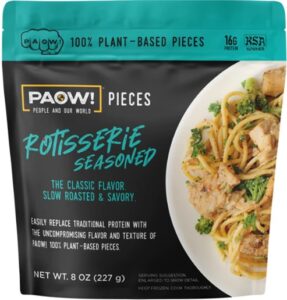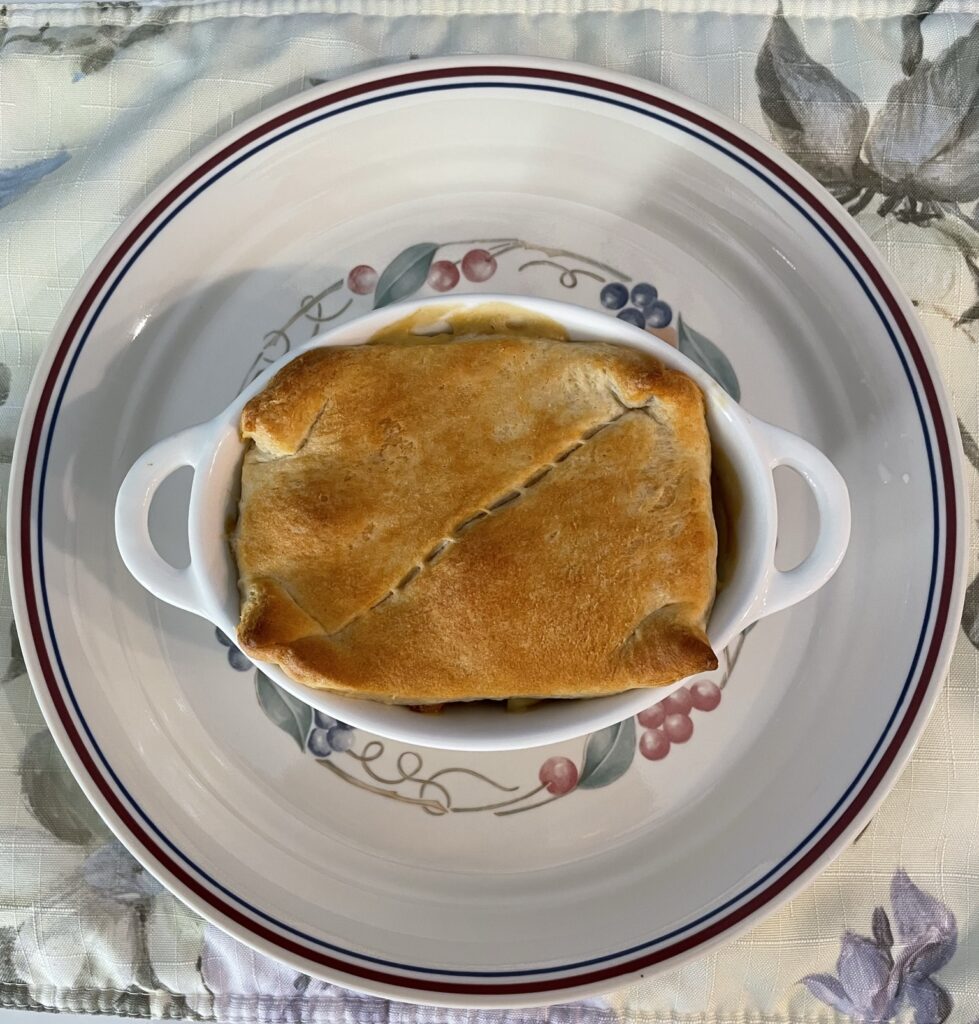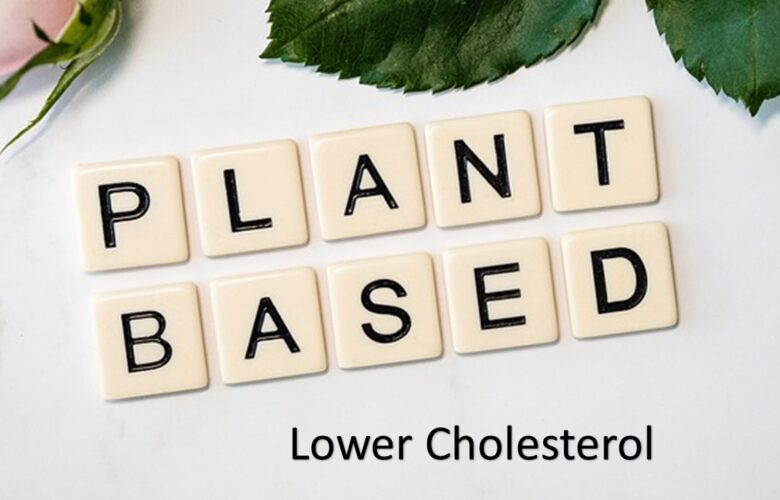This is part three in a series of six on the benefits of a plant-based diet. Our focus will be on cholesterol. Does a plant-based diet lower our cholesterol? There is a difference between a plant-based diet and being vegetarian. People who switch to a vegetarian diet usually just omit animal meat. However, often eggs and dairy are still eaten. There will be some reduction in cholesterol when animal meats are omitted. When going on a plant-based diet, there is a bigger reduction in cholesterol. This article will look at what causes our cholesterol to drop when we are on a plant-based diet.
Do we need cholesterol?
We need some cholesterol in our bodies. It is a fat-like, waxy substance that helps our body make cell membranes, some hormones, and vitamin D. Our liver produces cholesterol, and the foods we eat also provide cholesterol. Our liver makes more than enough that we don’t need to eat foods with cholesterol.
LDL and HDL cholesterol
When you have your blood tested, the doctor looks at your LDL (low-density lipoprotein) and HDL (high-density lipoprotein cholesterol. LDL (“lousy”) cholesterol forms plaque in our arteries, called atherosclerosis. The plaque buildup reduces blood flow in your arteries, eventually causing heart disease. You want your LDL below 70 milligrams per deciliter (mg/dl). Your LDL can be reduced by diet.
HDL (“happy”) cholesterol should be 50 mg/dl or higher. HDL cholesterol helps absorb cholesterol in the blood. The liver then flushes it from the body. You want high levels of HDL as it reduces your risk of heart disease and stroke. You can increase your HDL levels by exercising at least 30 minutes five times a week. Other ways to increase HDL are to stop smoking if you smoke, avoid saturated fats, and lose weight.
Triglycerides
Triglycerides are another type of fat in your blood. Your body uses triglycerides for energy. Triglycerides store unused calories to be used when your body needs more energy. High triglycerides can contribute to arteriosclerosis, putting you at a higher risk for heart disease and stroke. Ideally, your triglycerides should be less than 150 mg/dl.
Unfortunately, most of us have high levels of LDL and triglycerides. Some drugs can help reduce cholesterol in our blood. The healthiest way to reduce cholesterol is by diet. Many people who have switched to a plant-based diet have reduced their cholesterol and lost weight.
How can foods lower cholesterol?
Diets high in saturated fats, trans fats, and cholesterol, found in meat, dairy products, and eggs, contribute to high cholesterol levels in the blood.
Diets low in saturated fats and foods free of cholesterol will lower cholesterol in the blood. Plants that are rich in fiber are the key to lower cholesterol. Soluble fiber slows the absorption of cholesterol. It also reduces the amount of cholesterol the liver produces. Eating a balanced diet of fruit, vegetables, legumes (beans), nuts, and seeds (sparingly) will provide all the nutrients your body needs. Listed below is a list of foods that are high in fiber.
Fruits high in fiber
Berries
Pears
Apple (including the skin)
Bananas
Oranges
Strawberries
Vegetables high in fiber
Okra
Eggplant
Green peas
Broccoli
Brussels sprouts
Potato with skin
Sweet corn
Cauliflower, raw
Carrots, raw
Grains high in fiber
Whole grain pasta
Barley
Bran flakes
Quinoa
Oat bran
Oatmeal
Popcorn, air-popped
Brown rice
Whole grain bread
Legumes, nuts, and seeds high in fiber
Flax seeds
Split peas
Lentils
Black Beans
Chia seeds
Almonds
Pistachios
Sunflower kernels
Foods to avoid
Just because a food is plant-based does not mean it is healthy. There are healthy fats such as olive oil, avocado oil, and flaxseed oil, but they should be used sparingly. Highly processed foods with high sugar, fat, and salt levels should be avoided. Eat things as close to how it was grown as you can. Get your sugar fix with natural fruit instead of that candy bar. Your body will thank you for it.
Summary
To lower your cholesterol, eat foods high in fiber. Go easy on nuts and seeds, as they often contain high-fat levels. Eat fruit instead of sugar. Avoid foods with high levels of fat, sugar, and salt. Exercise at least 30 minutes five times a week.
Below is a recipe for Pot Pie using PAOW!™ Rotisserie Pieces.
PAOW!™ Rotisserie Pot Pie
Ingredients
For the filling
- 1 cup PAOW! Rotisserie Seasoned Pieces, diced

PAOW Rotisserie Seasoned pieces - 2 tablespoons olive oil
- 1 small onion, chopped
- 3 garlic cloves, minced
- 1/3 cup all-purpose flour
- 1 cup unsweetened almond milk
- 2 cups vegetable broth
- 1 large russet potato, chopped into small pieces
- 3 cups frozen mixed vegetables
- 1/2 teaspoon salt, or to taste
For the Dough
- 1 1/2 cups all-purpose flour
- 1 teaspoon sugar
- 1/4 teaspoon salt
- 1/4 cup vegan butter, cut into small cubes
- 1/4 cup vegetable shortening
- 3 tablespoons ice water
Instructions
- Prepare the dough
- Make sure your vegan butter or vegetable shortening is very cold before making the dough.
- Add flour, sugar, and salt to the food processor. Pulse a few times to combine.
- Add cold vegan butter and shortening. Process for about 10 seconds until it looks like small balls.
- While the food processor is running, drizzle in 3 tablespoons of water. When it begins to clump together, stop. You may need to add one more tablespoon of ice water for it to come together.
- Place the dough onto a lightly floured surface and shape it into a ball. Put in the refrigerator and keep chilled until ready to use.
- Prepare the filling
- Saute the onions and garlic in a large skillet with olive oil over medium-high heat. Cook for 1-2 minutes until the onion is translucent.
- Whisk the flour, vegetable broth, and unsweetened almond milk.
- Then add the mixed vegetables, potato, and PAOW.
- Simmer for 5-10 minutes until the sauce thickens.
- Transfer the mixture to a ceramic 7-inch baking dish when the sauce has thickened.
- Final steps
- Grab dough out of the refrigerator and roll the dough with a rolling pin to about a 12-inch circle.
- Place the rolling pin over the dish and re-roll the dough out.
- Gently push the pie crust on top of the pot pie filling and crimp the edges to seal.
- Trim off any excess and replace any spots that need repair.
- Bake at 400 degrees for 20 minutes or until the crust is golden brown.
NOTE: you can use individual baking dishes. This is one of our favorite recipes. I have made it several times. It is an ideal comfort food.

Other benefits of a plant-based diet:
Featured Image by Fuzzy Rescue from Pixabay
